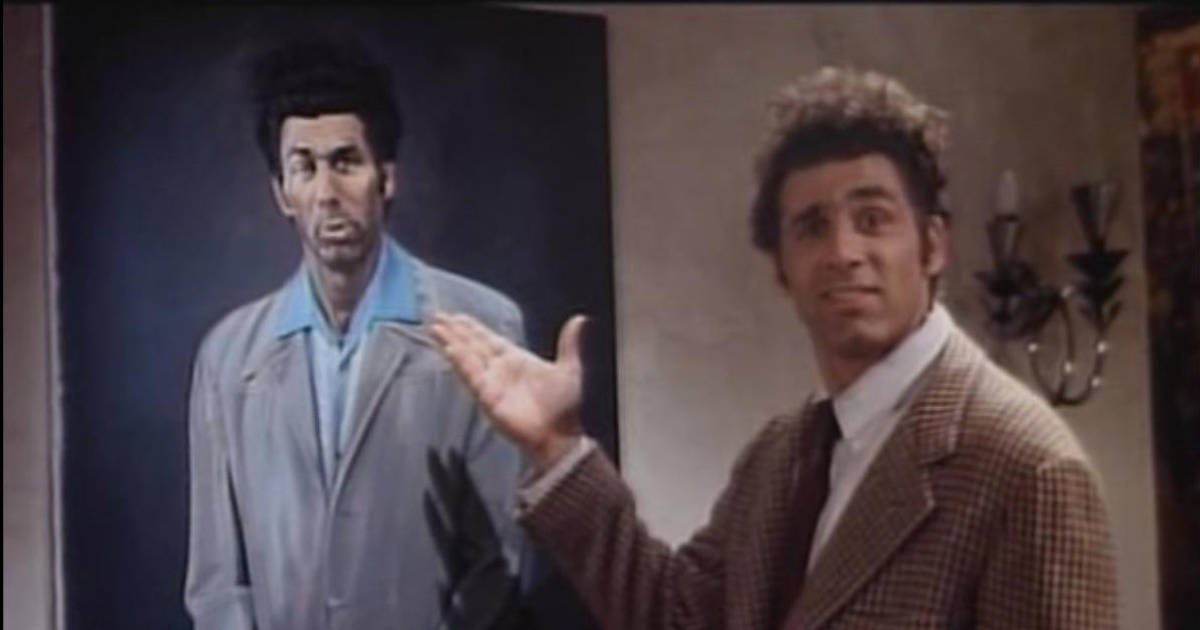It took me four years to paint like Raphael, but a lifetime to paint like a child.
I’m not a fan of Picasso’s work.
My view on his work is that it’s cool, new, and edgy for that time period; to pioneer a style that’s never existed is why it’s still revered today.
Which this is all completely fine; there are cool paintings, and there are beautiful paintings.
Although I don’t love his work, the reason for these words you're reading is that I do love a quote attributed to him—one that many people should live by.
I’ve been mulling over, staring into the eggshell void above my computer screen, trying to figure out what he means by it all.
Picasso says:
“It took me four years to paint like Raphael, but a lifetime to paint like a child.”
Perhaps you may need some context. Raphael was one of the most prominent artists that existed during the Renaissance. The School of Athens, The Transfiguration, and The Deliverance of Saint Peter—all of which exist in the Vatican—are works of his. Are you familiar with any of these? 6.76 million people a year make a pilgrimage to see these arts, among other artists like Michelangelo and Caravaggio.
These artworks and the crowds they pull today can allow us to conclude that Raphael is Picasso’s idea of artistic mastery.
Chances are you partake in some sort of art and look to someone or a group whom you deem has achieved mastery.
Who knows how long it’ll take for you to reach that level?
Picasso claims it took him four years.
Not to paint like Raphael in the stylistic sense, but in the expertise sense.
The former part of this quote is fairly simple:
Learn from and emulate whom you respect with the intention to be just as good, if not better.
As for the latter part of the quote, the part that really catches my eye, I’m curious how he came about this. Do you have any guesses? I’d like to imagine he was of elderly age, rocking in a chair on a porch of a quaint, cozy house—perhaps his house—overlooking rolling hills made of water or earth.
In that moment, he was reflecting on his life’s work and achievements and how it all came after key moments from his childhood.
Moments that he grew from; some of which he wished, as he rocks in the chair on the porch, he revisited more often. And in this moment, the epiphany hits him: following my inner child is what makes my art my art.
I believe his choice for using the word ‘child’ was deliberate; when you’re a child, you’re naïve to most things, asking tons of what-ifs and whys about what adults find mundane. When you’re finding curiosities and joy where others refuse to look or simply overlook, it opens up the doors to experimenting—the doors that lead to Picasso creating Cubism. Never getting lost in any minute technicalities and theory, but creating for the sake of creating, because it’s what moves you, motivating your muse.
Rather than painting according to the book, a child’s naiveté would spawn so many ideas: Why is that color mixed with that color? Why not another color? Why is that line straight? Does it have to be? What happens to the subject if I removed it? Why is the canvas so big? Why is it so small? Do I keep going? Do I stop here?
This inner child is what allows for the creation of true art, the exact thing Picasso’s talking about.
Or so I think.
— George
If you liked this, check out more essays on the themes of marketing, the whereabouts of happiness, and words of authors to live by.

